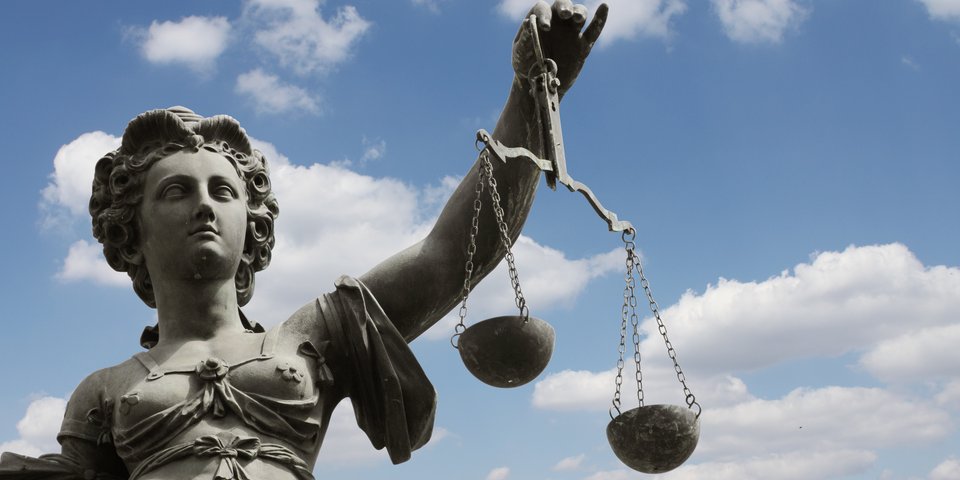 iStockphoto/liveostockimages
iStockphoto/liveostockimagesProduct liability is being modernised
Consumer rights strengthened
UM – 11/2022
The European Commission has proposed to
amend the Product Liability Law. Directive
85/374/EEC dates back to 1985 and does not adequately reflect product
developments over the last 40 years. The resulting gaps in liability law are
now to be closed. To this end, the European Commission proposes to completely
recast the Directive (COM(2022)
495 final).
Closing liability gaps
In future, Product Liability Law will also
cover products based on new digital technologies. Clear responsibilities should
also be created for damages claimed due to faulty software updates or as a
result of the use of AI algorithms. This is not a question of culpability; the
subject of the Product Liability Directive is exclusively damages without
culpability.
The draft of the new Product Liability
Directive addresses the economic players liable for defective products and puts
the onus on Member States to ensure that they can be held liable for damage
caused by products under their responsibility – physical injury, damage to
property and loss of data. This also applies if they are established outside
the European Union – be it a manufacturer, trader, importer or even an online
platform.
Disclosure of evidence
The new Product Liability Directive aims to
strengthen the rights of consumers. In order to reduce the "information
asymmetry" between producers and consumers, the European Commission's
draft provides for the Member States to grant national courts the option of
forcing liable parties to hand over relevant information and evidence on the
one hand. Provided that the injured person can present facts and evidence that
make the claim for damages plausible. However, in order to also meet the
legitimate interests of manufacturers or traders, proportionality must be
maintained in the disclosure.
Easing the burden of proof
On the other hand, the burden of proof is
to be eased in complex cases. This can be the case, for example, with
medicines, complicated medical devices or in connection with the use of
artificial intelligence (AI). Here, it may be excessively difficult for the
affected parties to prove the defectiveness of the product and the causal link
to the damage suffered. In such cases, it shall be sufficient to prove that the
product contributed to the damage, that the product was probably defective
and/or that its defectiveness probably caused the damage. Whether it is a case
in which the instrument of the "presumption of causality" applies is
also determined by the competent national court.
AI liability
The presumption of causality and the
facilitation of access to information in liability disputes are also reflected
in a second draft of the European Commission, which was presented at the same
time as the proposal for the new Product Liability Directive. The AI
Liability Directive (COM(2022) 496 final) aims to modernise the legal
framework in the EU for malpractice liability and extend it to claimed defects
caused by AI systems. Unlike strict product liability, the focus here is on the
culpable responsibility of the manufacturer. The draft directive is intended to
help harmonise the different national liability rules based on culpability and
facilitate the assertion of claims relating to damage caused by AI systems.
Tailwind from the EU
The European Commission is sending a
positive signal with its proposals for directives. Tailwind for more consumer
protection should also be welcome in Germany.
